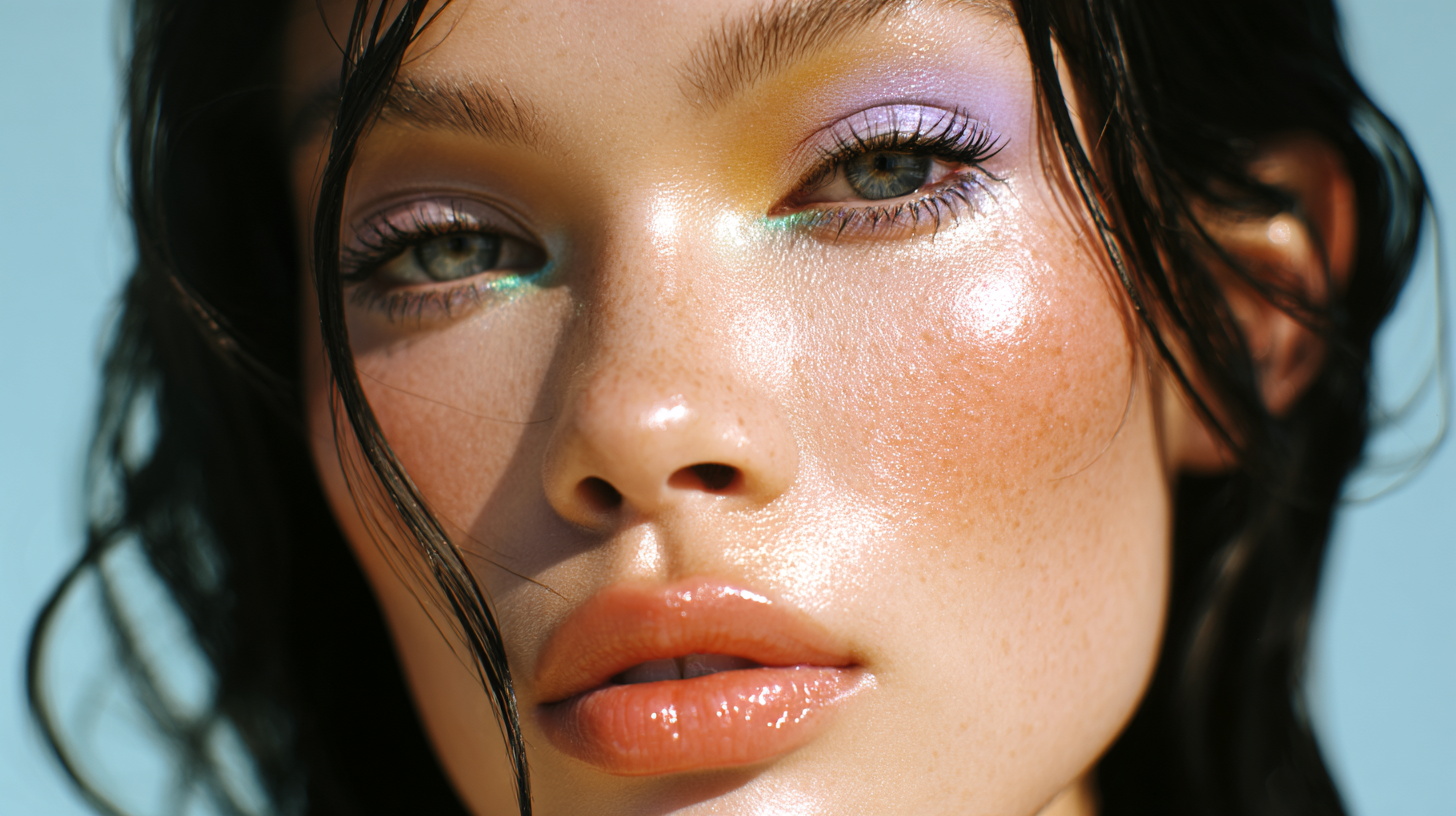How the Cold Weather Affects Lash Lifts
At this time of year, with the cold outside and indoor heating, eyelashes, hair, and skin are all affected. In the case of eyelashes, the surrounding area is also impacted, causing eye irritation and swollen eyelids—especially after an eyelash treatment.
Before any treatment, it is essential to clean the eyelashes and the skin around the eyes, particularly in autumn and winter when lower temperatures combine with indoor heating. These changes make the eyelashes and surrounding skin more sensitive, leading to redness and faster dryness. Riding a motorbike or bicycle in cold weather can worsen the effects, and wearing glasses is highly recommended for contact lens users. LVL treatments often include keratin fillers to help maintain eyelash hydration, as the perming solution can dry them out more than usual in winter. The keratin provides extra moisture, continuing to work over the following 24 hours.
After applying lotions during an LVL treatment, the skin should be dried with a cotton swab or tissue. To prevent the lotions from penetrating the skin, a thin layer of aloe vera cream can be applied to the eye area where tape or liquid has been used.
Other Problems and Symptoms
Blurred vision is another common symptom in winter, making good eye hygiene essential. Any persistent issues should be checked by an ophthalmologist as soon as possible. Burning eyes in extremely cold and windy conditions are also common, and it is best not to force the eyes open in harsh weather. In extreme cases, the cornea can freeze, which is very painful and may cause burning, blurred vision, and light sensitivity.
When humidity levels are low, evaporation increases—not only from lakes, rivers, puddles on roads, and wet pavements but also from the tear film that covers the eyes. This film is mostly composed of moisture and is highly sensitive to increased evaporation caused by colder air masses, leading to dry eyes.
In snowy areas, snow reflects ultraviolet radiation, exposing unprotected eyes to excessive UV rays. This can lead to snow blindness, resulting in watery red eyes, a gritty sensation, swelling, light sensitivity, and discomfort.
Prevention and What to Do in Case of a Reaction
If the eyes become red or swollen, it is usually due to the narrowing of blood vessels in the surrounding tissues. These symptoms can cause eyelid spasms, excessive tearing, and blurred vision. Keeping the eyes cool, staying hydrated, wearing sunglasses or ski goggles, and using a humidifier at home can help prevent these issues. During colds, maintaining proper hygiene around the eyes helps prevent the spread of germs and potential infections.
At home, applying a chamomile tea bag to the affected area can be soothing. Soaking it in boiling water, letting it cool slightly, and then using a cotton pad to apply it around the eyes can provide relief. Antihistamines such as cetirizine may help with hay fever-related symptoms, and eczema creams can be used if the skin becomes red and flaky.









